A successful IT project requires a solid strategy. Your strategy should ensure that the IT project is in line with the company’s vision and that the results help to achieve certain business objectives. A plan directs project managers in the creation of milestones that meet specified business objectives at each stage of the project.
But how do you go about being strategic in the first place? What factors should you think about? There is, thankfully, assistance available. A strategic framework can assist you in considering a wide range of features and components of your proposed IT project, allowing you to make well-informed decisions during the planning and implementation phases.
Definition
A strategic framework is a tool that helps you outline how your IT project (or initiative) supports business goals and stakeholder objectives in a systematic and structured way. An IT strategy framework’s goal is to provide broad, macro-level recommendations for the project’s content. As a result, before executing and spending resources on a project, teams can review their IT strategy.

Pros of implementing an IT strategic framework
Creating a strategy framework for your IT projects has a number of advantages. On your deliverables, you’ll have the beginnings of a communication plan for your project: the what, how, and when. The framework also forces you to think about project interactions, which can help you decide which projects are worthwhile now and which might become more important in the future. Beyond successful project planning and execution, an IT Strategy Framework has several advantages. Once your project is up and running, you may start collecting lessons learned that will help you create a culture of continuous development. Your framework can also be used to limit shadow IT, which is the practice of adopting technology solutions and resources without first obtaining corporate consent.
Measuring IT strategy
Your project enters the real world with your strategy in place. Of course, reality frequently differs from your ideal scenario. As a result, you should be able to track both project milestones and the effects of decisions made outside of the project. The metrics and benchmarks used to assess performance should provide an accurate picture of the project’s progress in relation to the project’s organizational goals. Your reporting systems should provide accurate and timely information to the project team.
Remember that when evaluating your implemented strategy, you should look at both the specific project and the influence your project has on the whole ITSM environment. Decisions taken for one IT project have a strategic impact on the organization’s other initiatives and services. Decision-makers and key stakeholders must consider the impact of IT initiatives as a whole on a company’s success. Before deciding to start, prolong, or end a project, consider the decisions around resource allocation and performance objectives.


















